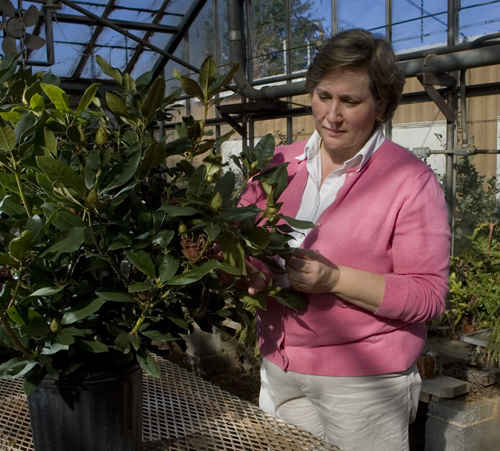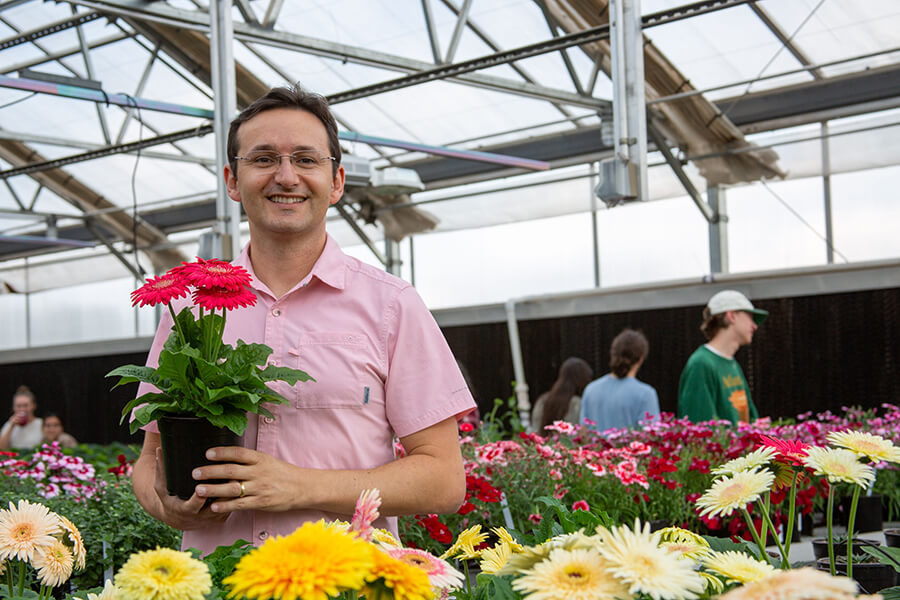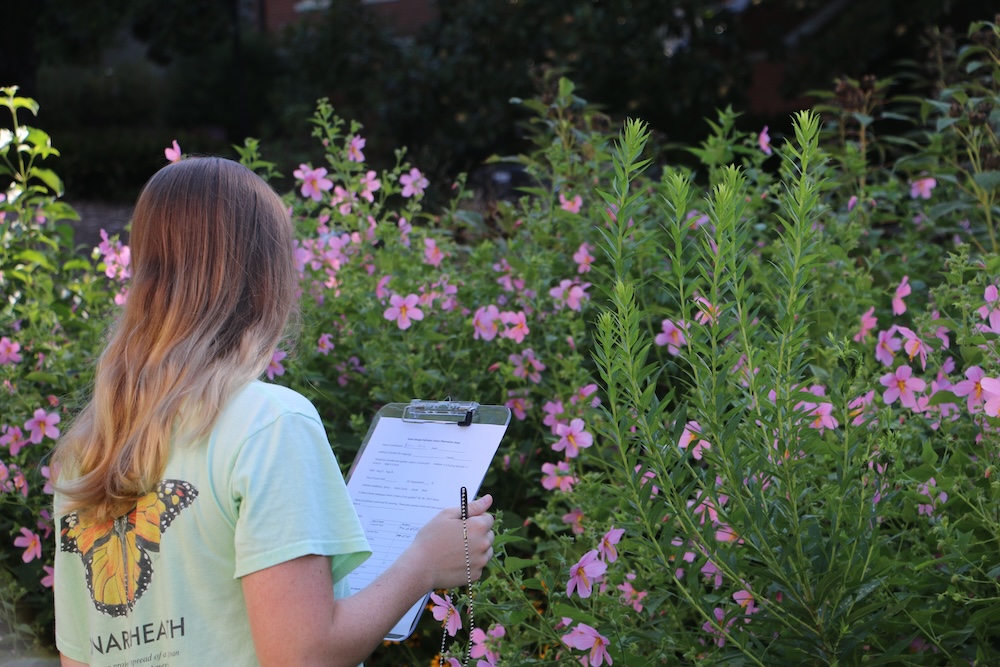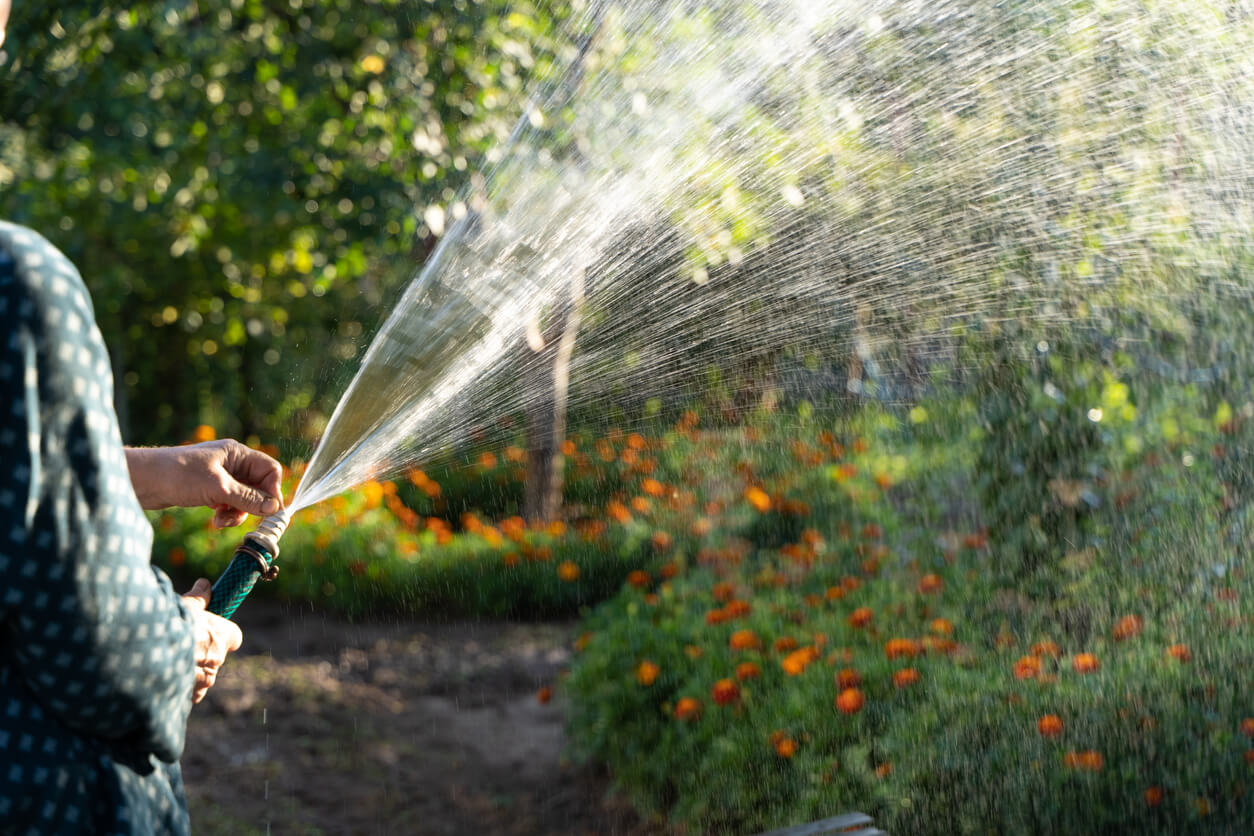The key to establishing a successful landscape is first buying quality nursery plants. Nursery plants at times can have serious -- and often hidden -- problems that can drastically hinder their overall looks and performance once you get them home.
When buying nursery plants, look at the general health and appearance of all plants at the nursery, not just the ones you want to buy. The plants should be healthy, well watered and pest-free.
If an excessive number of plants are wilted, diseased, infested with insects or just generally look bad, find another nursery. The plants should be clearly labeled to identify the species and the cultivar, too.
Height ratio is quality measure
For a nursery tree, pay attention to the ratio between its height and caliper, or trunk diameter. It will vary among differing species, but avoid trees that are excessively tall in relation to their caliper.
For example, a tree with a 4-inch caliper should be between 10 to 14 feet tall. The ratio is most often not right in trees collected from the wild or grown too closely together in the nursery. A tree with a proper ratio will more likely survive transplanting in your landscape.
Check out the stems
The stems and trunks determine the shape and fullness of the plant. The main stem, or stems, should be thick with an overall healthy, compact appearance. Avoid plants with long, spindly growth, which indicates it is suffering from neglect or other malady. Carefully examine the trunks and stems for breaks, cracks or scars.
Lush is better
Plants should have clean, healthy, lush foliage with excellent color. Leaf spots, burning on the edges, yellowing and wilting could be signs of pest damage, root rot, inadequate fertilizations, lack of or too much water or a host of other problems.
The plant should be in a container with soil that is not too wet or too dry.
Inspect for insects
Look closely for insects or diseases. Often, these problems are difficult to see, so all parts of the plant should be thoroughly examined. Carefully inspect leaves, especially their undersides, stems, flowers and the root system. You don’t want to bring insects or diseases into your landscape that could spread to other plants.
Also, watch for weeds growing around or in the plant’s container or burlap wrap.
Take a close look at roots
The root system is one of the most important factors in determining the overall health of the plant. It also dictates whether or not the plant will successfully transplant and adapt to a new site.
For trees or shrubs with root systems wrapped in burlap, the root system should feel solid. If it is broken or does not feel solid, the roots may be damaged. The burlap and the wire basket used to wrap the root ball should fit tightly. If too loose, the root ball is at risk of being damaged during handling.
The main stem or stems should be in the center of the root ball. If not centered, the plant may be unsteady once planted and could suffer. And check to make sure the twine used to wrap the burlap is not girdling the stems.
In container plants, pull plants out of the containers and examine the roots. They should be white to light brown in color. If the roots are black and mushy or if the top of the plant easily lifts out of the container, the plant most likely suffers from some type of root rot or damage.
Plants with thick, packed root masses or with roots growing from the drainage holes are likely pot-bound and will be difficult to transplant.
By carefully examining plants for the problems described above, you can help insure new plants survive in your home landscape.








